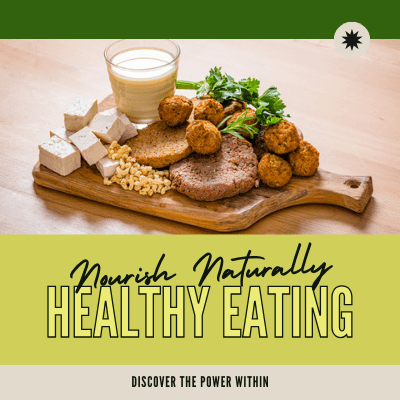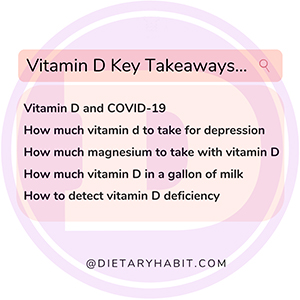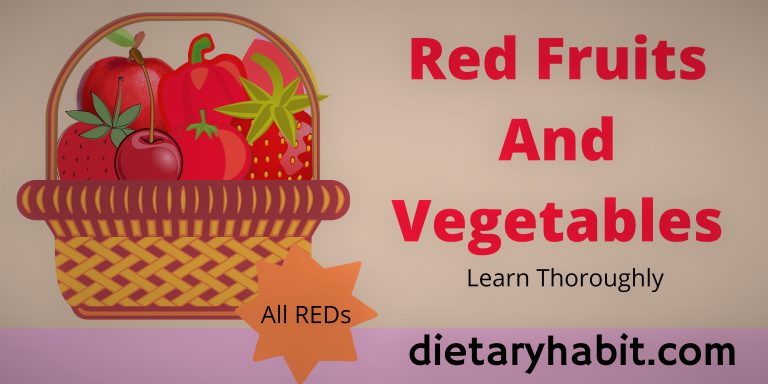What is a Whole-Food, Plant-Based Diet?

A whole-food, plant-based (WFPB) diet focuses on consuming unprocessed or minimally processed plant foods. This includes vegetables, fruits, whole grains, legumes, nuts, and seeds while avoiding refined foods like added sugars, white flour, and processed oils. Unlike a vegan diet, which strictly eliminates all animal products, a WFPB diet emphasizes nutrient-dense plant foods without necessarily being exclusively vegan.
What is a Whole-Food, Plant-Based Diet?
A whole-food, plant-based diet focuses on consuming minimally processed foods that come from plants. It emphasizes fruits, vegetables, whole grains, legumes, nuts, and seeds while minimizing or eliminating animal products, refined foods, and highly processed ingredients. This diet prioritizes nutrient-dense, unrefined foods that provide essential vitamins, minerals, fiber, and antioxidants.
Importance and Benefits
Embracing a WFPB diet can transform your health. It’s known to reduce the risk of chronic diseases, support weight management, and enhance overall well-being. This diet prioritizes foods rich in fiber, vitamins, minerals, and antioxidants, promoting optimal health and vitality.
Misconceptions and Myths
There are several myths surrounding the WFPB diet, such as it being expensive, time-consuming, or lacking in essential nutrients. This guide will debunk these myths, providing practical advice and evidence-based information to help you transition smoothly.
Understanding Whole Foods
Definition and Examples
Whole foods are foods that are as close to their natural form as possible, without being overly processed. Examples include:
- Fresh fruits and vegetables
- Whole grains like quinoa, brown rice, and oats
- Legumes such as beans, lentils, and chickpeas
- Nuts and seeds
Nutrient Density
Whole foods are packed with essential nutrients, offering a higher nutrient density compared to processed foods. They provide vital vitamins, minerals, fiber, and phytonutrients that support overall health.
Whole Foods vs. Processed Foods
Understanding the difference between whole and processed foods is crucial. Processed foods often contain added sugars, unhealthy fats, and artificial ingredients, which can lead to various health issues. In contrast, whole foods retain their natural nutritional profile, promoting better health outcomes.
Plant-Based Diet Fundamentals
Definition and Scope
A plant-based diet emphasizes whole plant foods while minimizing or eliminating animal products. It’s not strictly vegan but focuses on plant-derived nutrition.
Plant-Based vs. Vegan vs. Vegetarian
- Plant-Based: Emphasizes whole, plant foods but may occasionally include small amounts of animal products.
- Vegan: Excludes all animal products, including dairy and eggs.
- Vegetarian: Excludes meat but may include dairy and eggs.
Core Components of a Plant-Based Diet
- Fruits and Vegetables: Rich in vitamins, minerals, and antioxidants.
- Whole Grains: Provide essential fiber and nutrients.
- Legumes: Excellent protein and fiber sources.
- Nuts and Seeds: Packed with healthy fats and protein.
Health Benefits of a Whole-Food, Plant-Based Diet

Cardiovascular Health
A WFPB diet has been shown to lower blood pressure, reduce cholesterol levels, and decrease the risk of heart disease. The high fiber content and absence of unhealthy fats contribute to better cardiovascular health.
Weight Management
Plant-based diets are naturally lower in calories and high in fiber, helping to maintain a healthy weight. Studies have shown that individuals on a WFPB diet often experience sustainable weight loss.
Reduced Risk of Chronic Diseases
The anti-inflammatory and antioxidant properties of plant foods reduce the risk of chronic diseases like diabetes, cancer, and neurodegenerative disorders. A diet rich in whole, plant foods supports a strong immune system and overall health.
Improved Digestive Health
The high fiber content in plant-based foods promotes healthy digestion and regular bowel movements. It also fosters a diverse and healthy gut microbiome, which is essential for overall health.
Getting Started with a Whole-Food, Plant-Based Diet
Setting Realistic Goals
Begin by setting achievable goals. Transitioning to a WFPB diet doesn’t have to happen overnight. Start with small changes, such as incorporating more fruits and vegetables into your meals.
Planning and Preparation
Preparation is key to success. Plan your meals for the week, create shopping lists, and prepare ingredients in advance to make cooking easier and more efficient.
Essential Pantry Staples
Stock your pantry with whole grains, legumes, nuts, seeds, and spices. Having these essentials on hand makes it easier to prepare nutritious meals without resorting to processed foods.
Sample Meal Plan
| Meal | Example |
|---|---|
| Breakfast | Overnight oats with fresh berries and chia seeds |
| Snack | Apple slices with almond butter |
| Lunch | Quinoa salad with chickpeas, cucumbers, and tomatoes |
| Snack | Hummus with carrot sticks |
| Dinner | Lentil soup with a side of steamed broccoli |
| Dessert | Baked apple with cinnamon and walnuts |
Practical Tips and Strategies
Eating Out and Social Situations
Navigating social situations and eating out can be challenging. Look for restaurants that offer plant-based options or suggest restaurants with diverse menus. Don’t hesitate to ask for modifications to fit your dietary needs.
Dealing with Cravings
Cravings for processed foods can be managed by ensuring you eat balanced meals that include healthy fats, protein, and fiber. Keep healthy snacks on hand to avoid temptations.
Affordable Eating
A common misconception is that a WFPB diet is expensive. Buying in bulk, shopping seasonal produce, and reducing food waste can make this diet budget-friendly.
Sustainable Practices
Adopting a WFPB diet contributes to environmental sustainability. By reducing reliance on animal products, you can lower your carbon footprint and promote a more sustainable food system.
Common Challenges and Solutions
Nutrient Deficiencies and Supplements
While a WFPB diet can provide most nutrients, it’s essential to pay attention to vitamin B12, vitamin D, iron, and omega-3 fatty acids. Supplements or fortified foods can help bridge any nutritional gaps.
Time Management
Cooking whole foods can be time-consuming. Batch cooking, using kitchen gadgets like slow cookers, and preparing meals in advance can save time.
Family and Social Dynamics
Encouraging family members to adopt a WFPB diet can be challenging. Lead by example, prepare delicious plant-based meals, and educate them about the health benefits.
Delicious Whole-Food, Plant-Based Recipes
Breakfast Ideas
- Smoothie Bowl: Blend frozen berries, spinach, and a banana with almond milk. Top with granola and chia seeds.
- Avocado Toast: Whole grain toast topped with mashed avocado, cherry tomatoes, and a sprinkle of sea salt.
Lunch and Dinner Recipes
- Stuffed Peppers: Bell peppers filled with quinoa, black beans, corn, and diced tomatoes, baked until tender.
- Vegetable Stir-Fry: A mix of colorful vegetables stir-fried with tofu and served over brown rice.
Snacks and Desserts
- Energy Balls: A mix of dates, oats, and nuts rolled into bite-sized balls.
- Chia Pudding: Chia seeds soaked in almond milk with a touch of vanilla and topped with fresh fruit.
Resources and Further Reading
Recommended Books
- “How Not to Die” by Dr. Michael Greger
- “The China Study” by T. Colin Campbell and Thomas M. Campbell II
- “Plant-Powered Families” by Dreena Burton
Influential Documentaries
- “Forks Over Knives”
- “What the Health”
- “The Game Changers”
Online Communities and Support Groups
- Forks Over Knives Community
- Plant-Based Nutrition Support Group (PBNSG)
- Reddit: r/PlantBasedDiet
Conclusion
Adopting a whole-food, plant-based diet can significantly improve your health and well-being. By focusing on nutrient-dense plant foods, you can enjoy a variety of delicious meals while promoting long-term health. Start small, stay consistent, and embrace the journey towards a healthier, more sustainable lifestyle.



